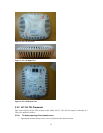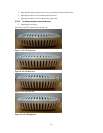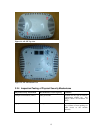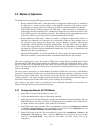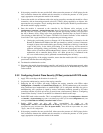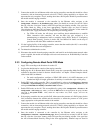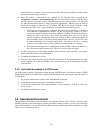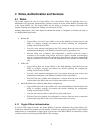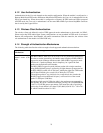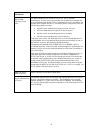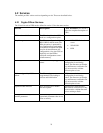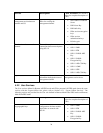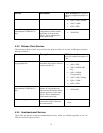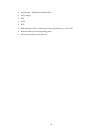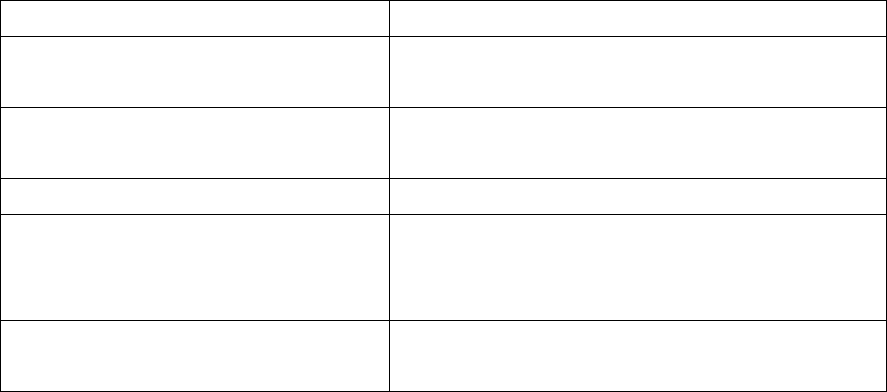
21
3.5 Logical Interfaces
The physical interfaces are divided into logical interfaces defined by FIPS 140-2 as described in the
following table.
FIPS 140-2 Logical Interface
Module Physical Interface
Data Input Interface
10/100/1000 Ethernet Ports
802.11a/b/g/n Radio Transceiver
Data Output Interface
10/100/1000 Ethernet Ports
802.11a/b/g/n Radio Transceiver
Control Input Interface
10/100/1000 Ethernet Ports (PoE)
Status Output Interface
10/100/1000 Ethernet Ports
802.11a/b/g/n Radio Transceiver
LEDs
Power Interface
Power Supply
Data input and output, control input, status output, and power interfaces are defined as follows:
Data input and output are the packets that use the networking functionality of the module.
Control input consists of manual control inputs for power and reset through the power interfaces
(5V DC or PoE). It also consists of all of the data that is entered into the access point while using
the management interfaces.
Status output consists of the status indicators displayed through the LEDs, the status data that is
output from the module while using the management interfaces, and the log file.
o LEDs indicate the physical state of the module, such as power-up (or rebooting),
utilization level, and activation state. The log file records the results of self-tests,
configuration errors, and monitoring data.
A power supply may be used to connect the electric power cable. Operating power may also be
provided via Power Over Ethernet (POE) device when connected. The power is provided through
the connected Ethernet cable.
Console port is disabled when operating in each of FIPS modes.
The module distinguishes between different forms of data, control, and status traffic over the network ports
by analyzing the packet headers and contents.



